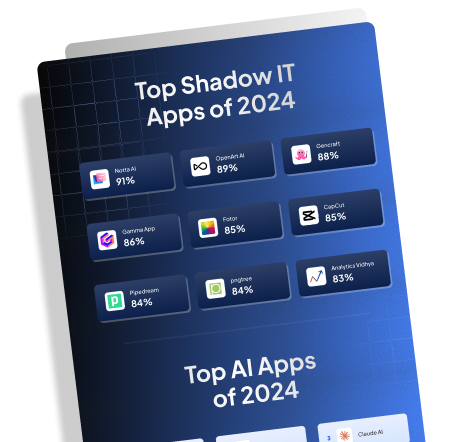Organizations often struggle with staying ahead of constantly evolving regulatory landscapes while maintaining robust IT governance. Automating regulatory compliance processes with specialized software can be the solution to this challenge. In this article, we explore how automated regulatory compliance software can enhance IT governance effectively and efficiently.
Automating Compliance Processes for Efficiency and Reliability
Automated regulatory compliance software significantly enhances IT governance by simplifying complex compliance tasks, saving time, and reducing the risk of human error. Implementing automated solutions streamlines compliance tasks, ensuring consistent adherence to stringent standards like SOC 2, HIPAA, or GDPR.
Continuous System Monitoring and Risk Mitigation
One of the primary advantages of automated compliance software is its ability to continuously monitor systems for compliance issues, acting as a vigilant watchdog. By automating compliance workflows, organizations can focus on core activities while proactively identifying and addressing compliance gaps to mitigate risks effectively.
Always Audit-Ready with Automated Compliance Software
Automated compliance processes ensure organizations are perpetually prepared for audits by automating evidence gathering and enforcement of necessary controls. This results in a more organized and less stressful approach to meeting regulatory requirements without last-minute scrambling.
Improving Governance and Security
Real-time insights provided by automated software contribute to better decision-making and enable organizations to fine-tune their governance policies based on best practices. By integrating compliance into daily operations, automated software helps create a resilient and compliant IT infrastructure.
Best Practices for Implementing Automated Regulatory Compliance Software
Adopting automated compliance software can revolutionize IT governance, but implementing it effectively is crucial for maximum benefits. Here are some best practices to consider:
- Conduct a Comprehensive Audit of Current Processes: Identify areas that would benefit from automation.
- Set Clear Objectives: Define goals to guide deployment and measure success.
- Choose the Right Solution: Evaluate software options that meet your compliance requirements.
- Ensure Top-Down Support: Gain leadership buy-in for a culture of compliance.
- Integrate with Existing IT Systems: Ensure compatibility for smooth operations.
- Continuous Training and Awareness: Provide staff training on the new system regularly.
- Regular Reviews and Updates: Stay up-to-date with evolving compliance standards.
- Leverage Real-Time Data for Decision-Making: Use real-time insights for proactive risk management.
- Secure and Backup Data: Protect sensitive compliance data securely.
- Regularly Test Your Compliance Setup: Simulate audits to identify weaknesses and make necessary adjustments.
Adhering to these best practices ensures a strategic and effective journey towards enhanced IT governance through automated regulatory compliance software. Leveraging technology effectively can build a resilient, compliant, and forward-thinking IT governance framework that offers a competitive edge in today’s regulatory environment.





